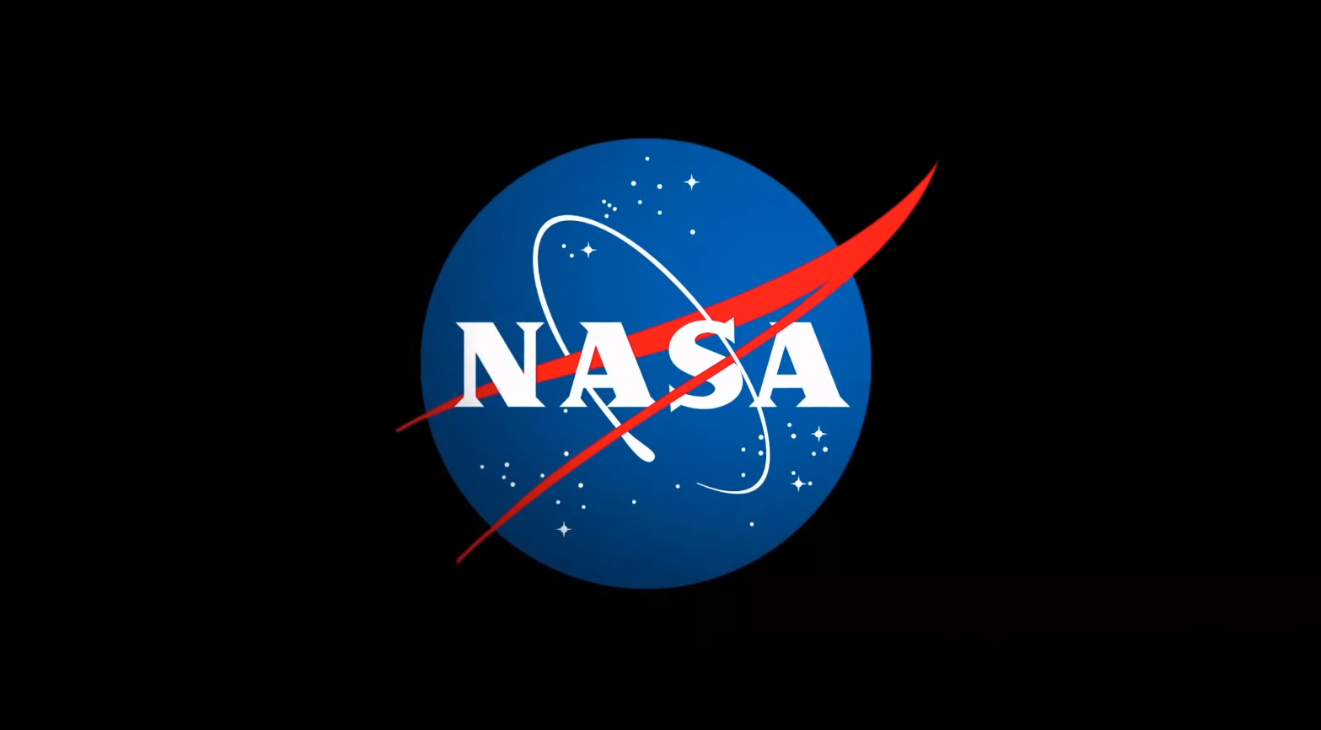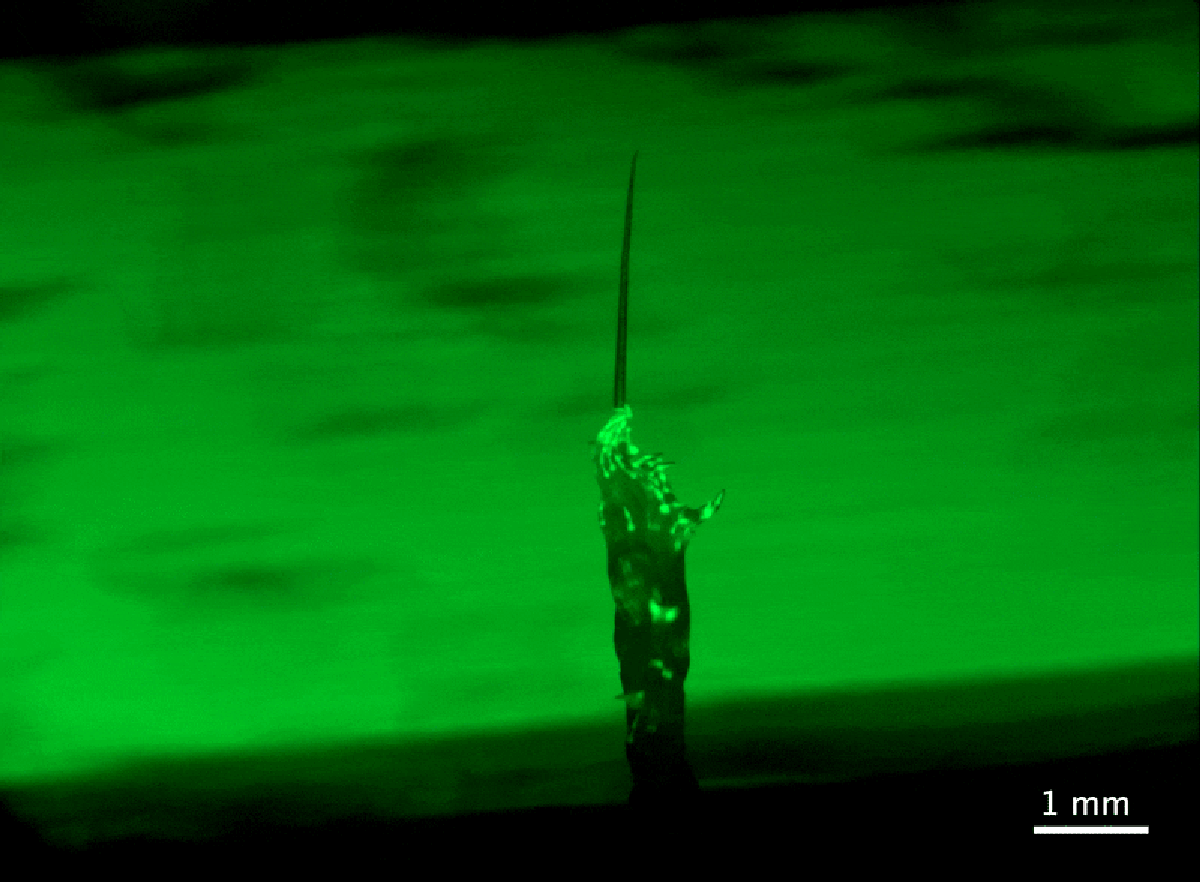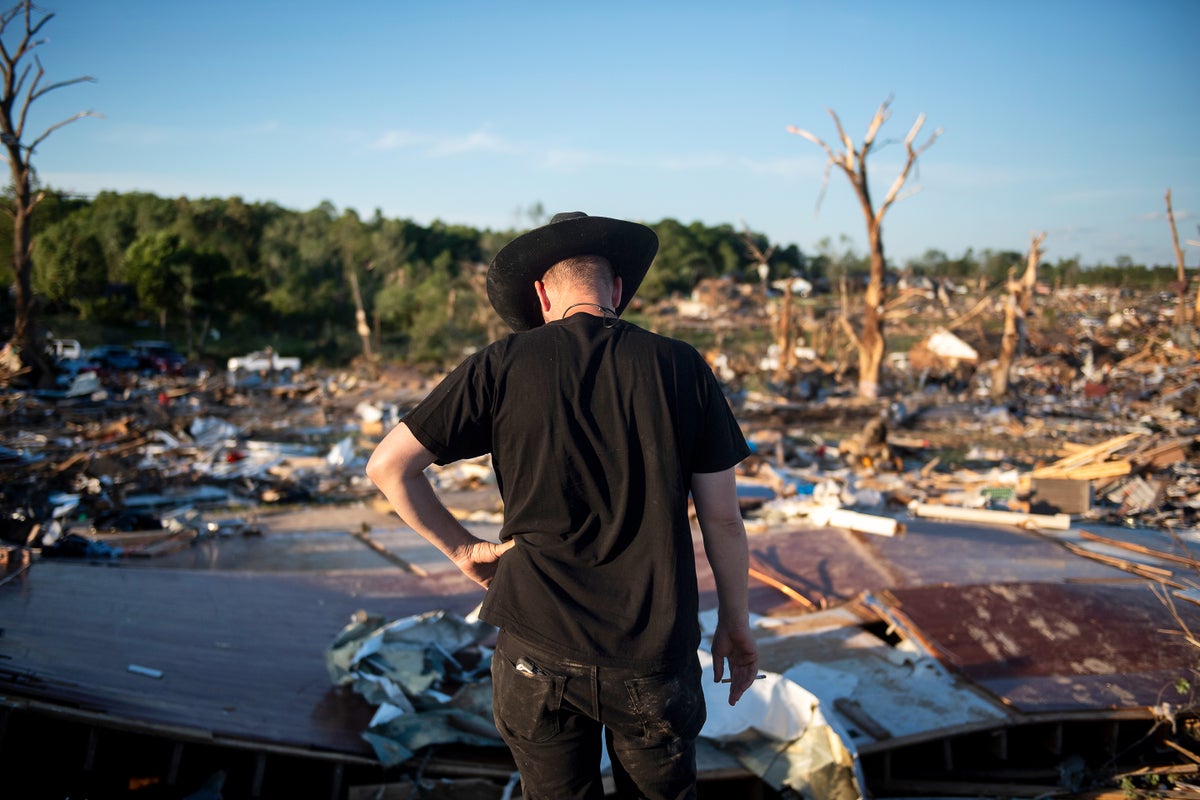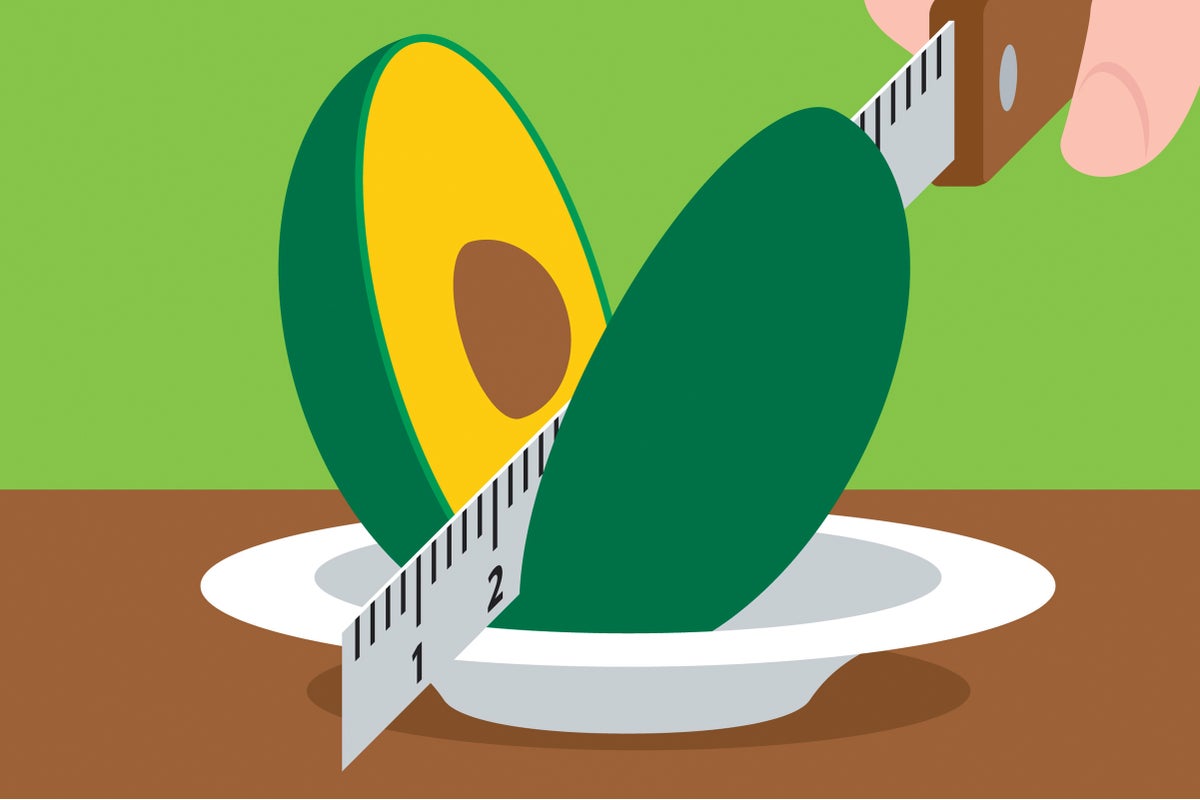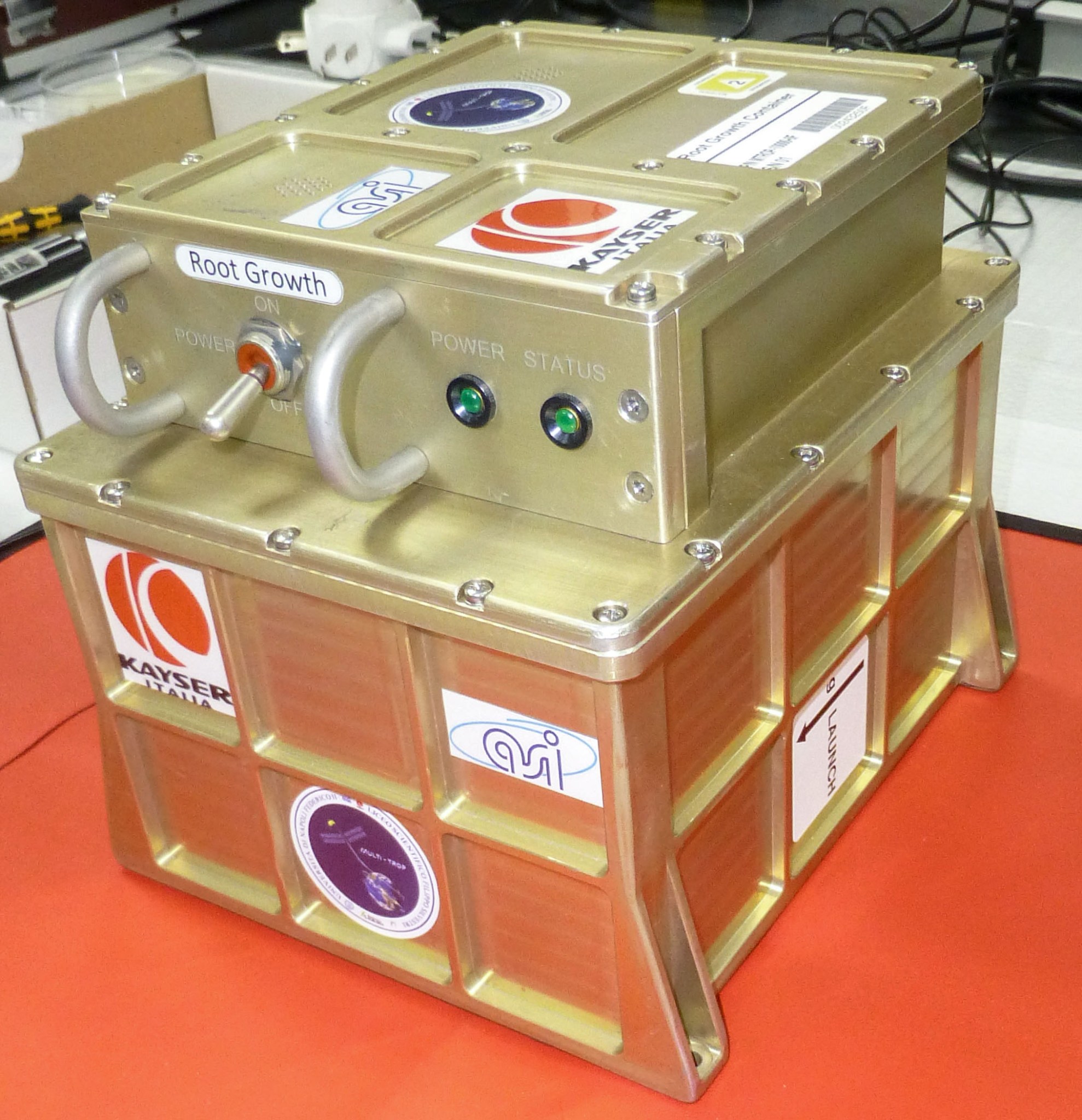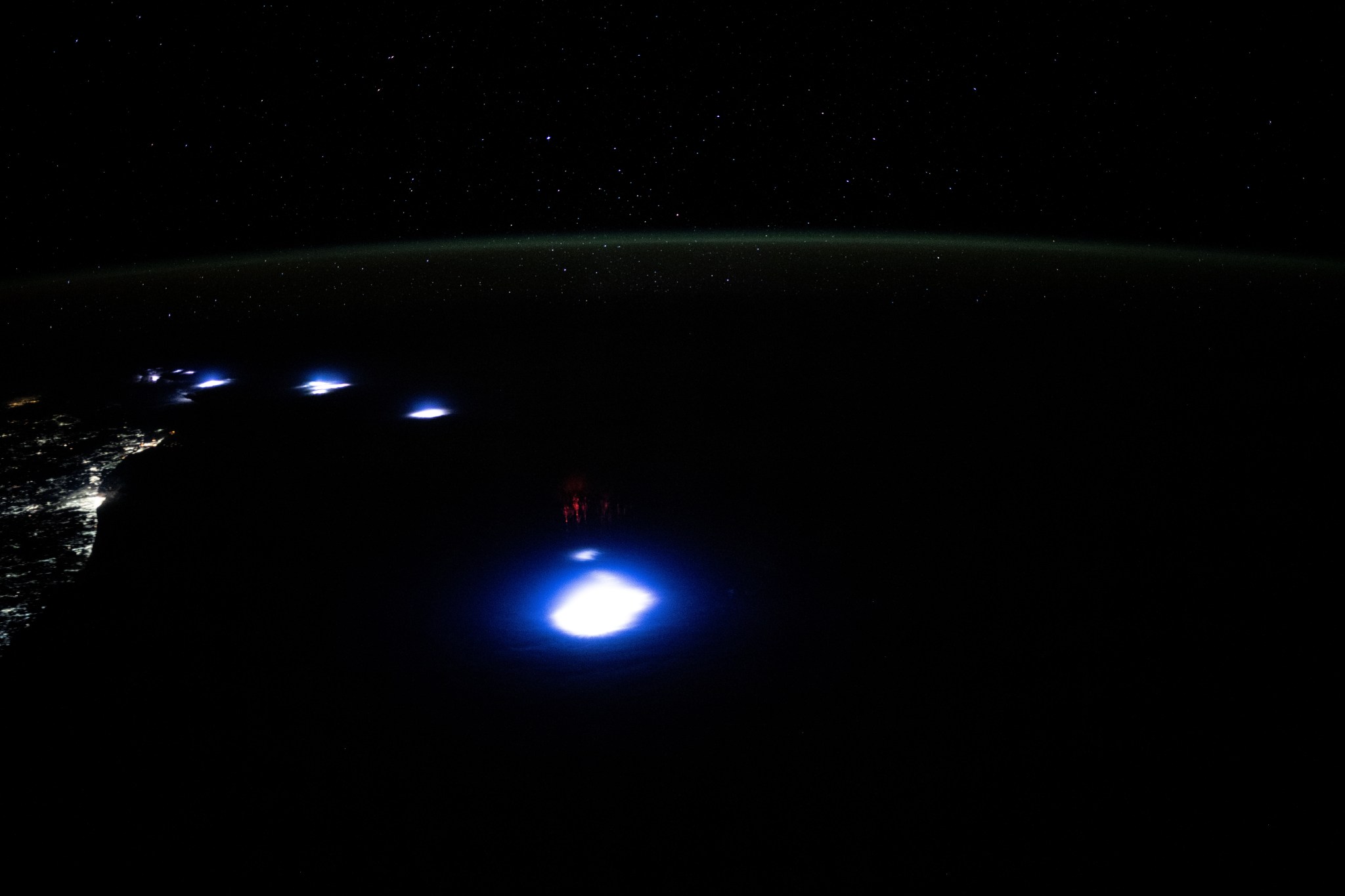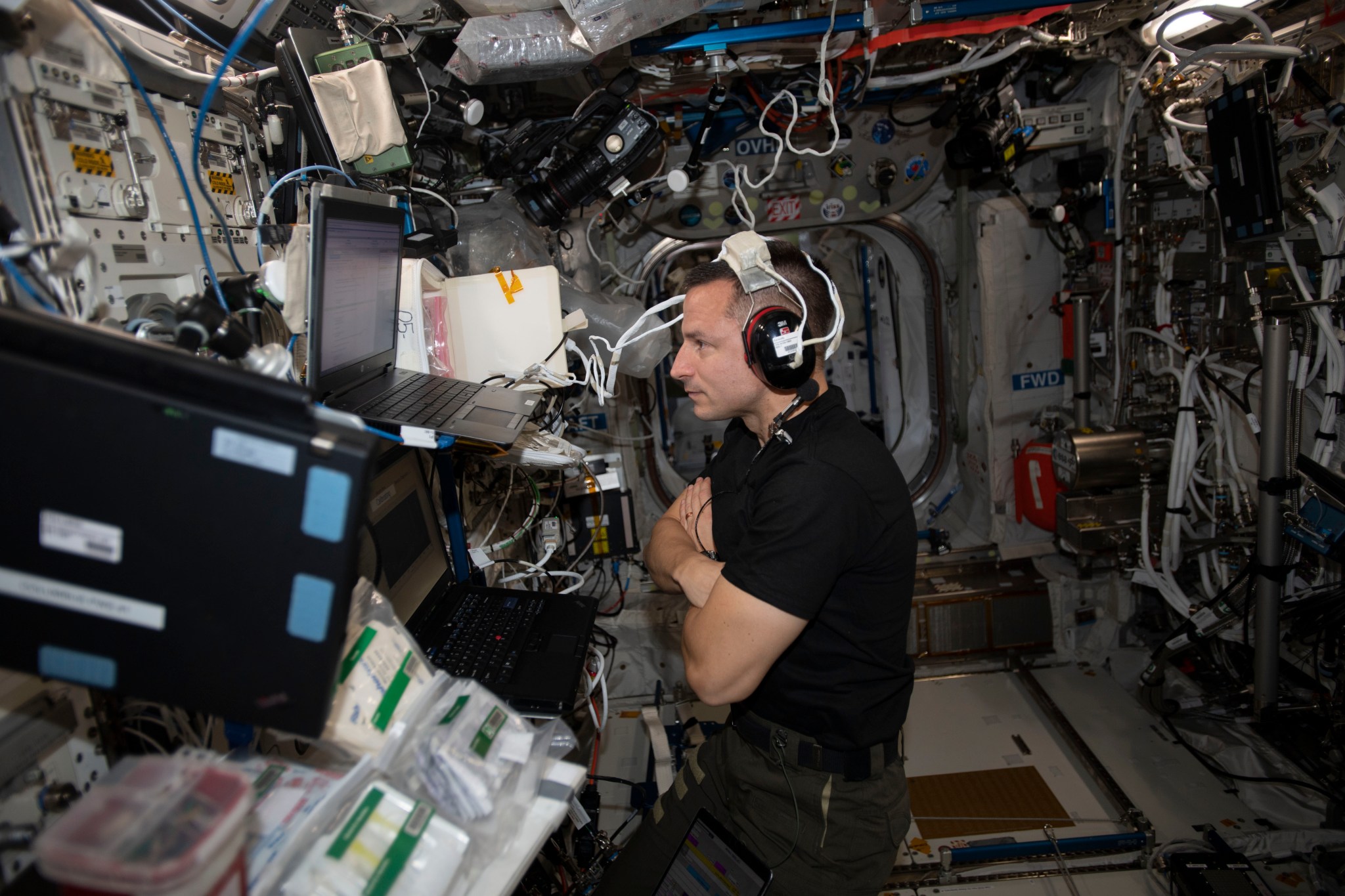Station Science Top News: Oct. 11, 2024
Researchers verified that 3D micro-computed tomography scans can map the orientation of plant roots in space and used the method to demonstrate that carrots grown in actual and simulated microgravity both had random root orientation. These findings suggest that simulated microgravity offers a reliable and more affordable tool for studying plant adaptation to spaceflight. MULTI-TROP evaluated the role of […]

Researchers verified that 3D micro-computed tomography scans can map the orientation of plant roots in space and used the method to demonstrate that carrots grown in actual and simulated microgravity both had random root orientation. These findings suggest that simulated microgravity offers a reliable and more affordable tool for studying plant adaptation to spaceflight.
MULTI-TROP evaluated the role of gravity and other factors on plant growth. Plant roots grow downward in response to gravity on Earth, but in random directions in microgravity, which is a challenge for developing plant growth facilities for space. Results from this investigation could help address this challenge, advancing efforts to grow plants for food and other uses on future space missions as well as improving plant cultivation on Earth.
For climate model simulations, researchers developed four parameters of electrical discharges from thunderclouds that produce visual emissions known as Blue LUminous Events or BLUEs. BLUEs are thought to affect regional atmospheric chemistry and climate. The parameters reported by this study could inform models that help test the global and regional effects of thunderstorm corona discharges, including how their geographic distribution and global occurrence rate will change as the atmosphere warms.
ASIM, an investigation from ESA (European Space Agency), studies high-altitude lightning in thunderstorms and the role it plays in Earth’s atmosphere and climate. Scientists need to understand processes occurring in Earth’s upper atmosphere to determine how lightning is connected to Earth’s climate and weather so they can develop better atmospheric models to guide weather and climate predictions.
A technique to detect sounds generated by the inner ear could be used as a non-invasive tool for monitoring changes in fluid pressure in the head during spaceflight. Increased fluid pressure in the head that occurs in microgravity can cause visual impairment and may also affect the middle and inner ear. Insight into fluid pressure changes could help scientists develop ways to protect astronauts from these effects.
The ESA and ASI investigation Acoustic Diagnostics monitored hearing function in astronauts on long-term missions using otoacoustic emissions (sounds generated by the inner ear in response to specific tones). Researchers compared these measurements before and during flight to indirectly detect changes in fluid pressure in the head. Different body position and fit of the ear probes affected results of the test and the authors note that these issues need to be addressed.
What's Your Reaction?









